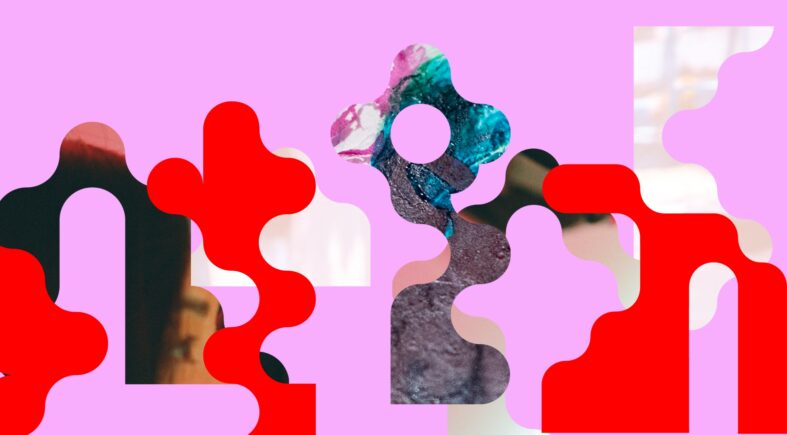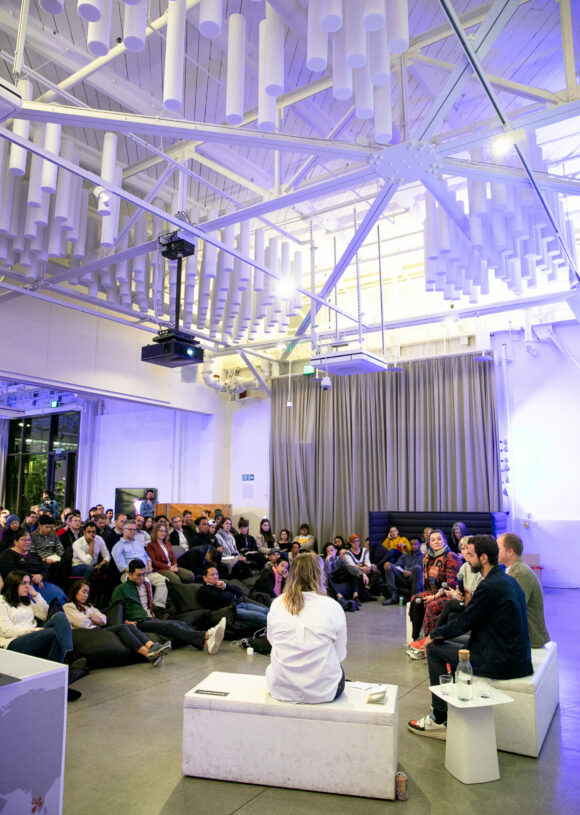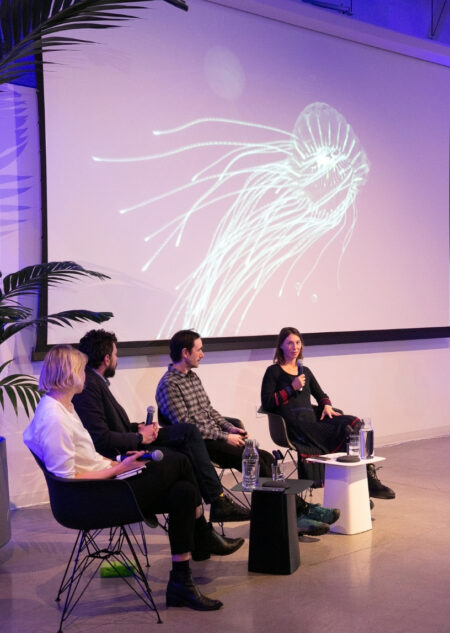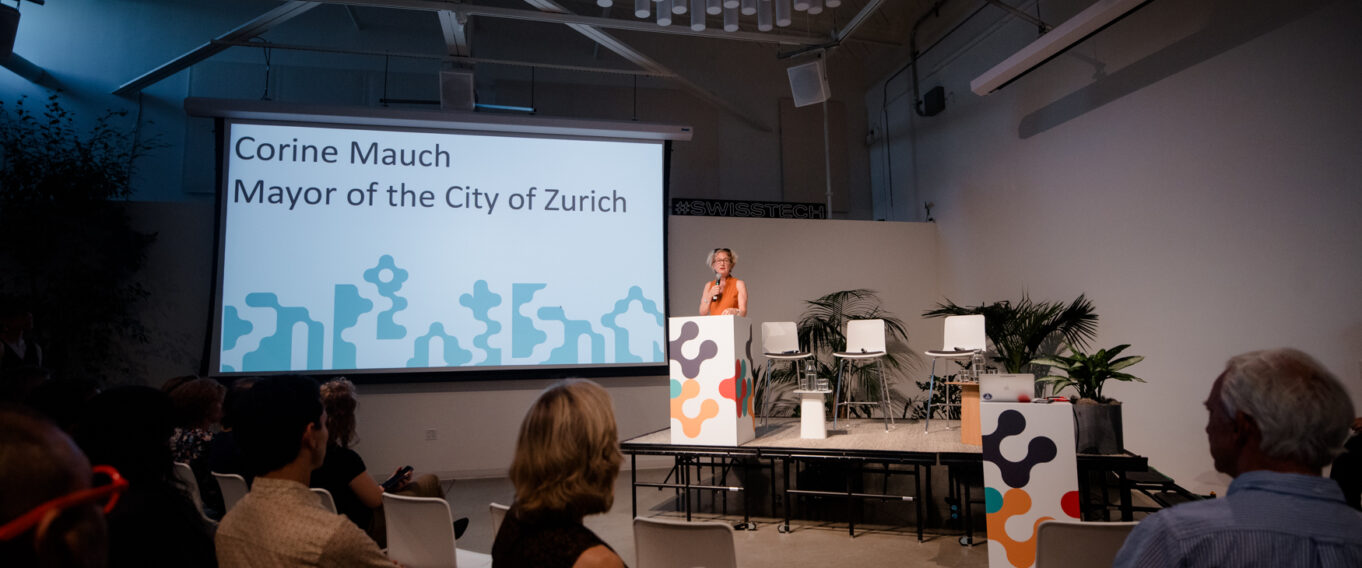Sustainable Futures Under Construction
Swissnex in San Francisco celebrated 20 years with a program about the future of cities in October and November 2023.
Participate
Connecting Switzerland, North America and the world in science, education, innovation, and the arts.
Swissnex in San Francisco is part of a global network for international collaboration located at Pier 17. We connect Switzerland, North America and the world in science, education, innovation, and the arts, and foster exchange between the regions.
We connect Swiss and US universities, researchers and academics, fostering the international exchange of research and ideas.
Our equity-free startup programs are customized to the needs of entrepreneurs exploring or entering the US market.
Encompassing foresight, technology and trend scouting, we provide insights derived from our ecosystem of activities across education, research, innovation, and creativity.
Swissnex in San Francisco is mandated from Pro Helvetia – the Swiss Arts Council, to facilitate Swiss artists promotion and cultural exchanges.
Swissnex collaborates with a broad spectrum of partners related to international research and innovation.
Swissnex in San Francisco, located at Pier 17, is part of the global Swissnex Network for international collaboration. Our mission is to connect people and ideas from Switzerland and the San Francisco Bay Area to foster exchange in research, education, innovation, and the arts. We produce events, workshops, conferences, exhibitions, and research trends that shape our society.
Swissnex in San Francisco celebrated 20 years with a program about the future of cities in October and November 2023.
ParticipateDiscover the impact of our work by exploring the stories of our partners and how they collaborated with us on their projects.



